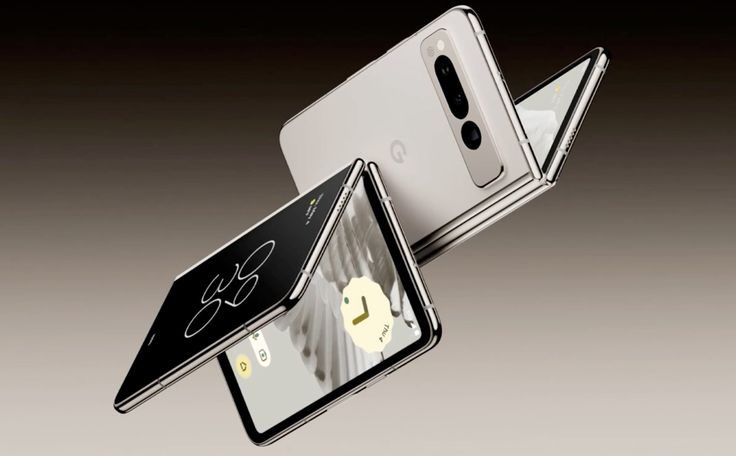
Introduction
The smartphone industry has witnessed a wave of innovation in recent years, with foldable phones emerging as a prime example of advancement of technology. These devices offer a unique blend of portability and screen real estate, redefining the way we interact with mobile technology. This article delves into the latest advancements in foldable phones, explores the user experience, and provides insights into potential future developments.
The Rise of Foldable Phones
The concept of foldable phones has been around for decades, but it wasn’t until recent years that the technology matured enough to deliver commercially viable products. Companies like Samsung, Huawei, and Google have led the charge, introducing foldable devices that have captured the imagination of consumers and industry experts alike.
Key Advancements in Foldable Phone Technology
Several technological breakthroughs have contributed to the development of foldable phones:
- Flexible Displays: The creation of flexible OLED displays has been instrumental in enabling foldable form factors. These displays can be bent without compromising image quality or durability.
- Hinge Mechanisms: Sophisticated hinge designs have been developed to ensure smooth folding and unfolding motions while protecting the display.
- Durable Materials: Foldable phones require materials that can withstand repeated folding and unfolding without damage. Advancements in materials science have been crucial in addressing this challenge.
- Software Optimization: To fully leverage the capabilities of foldable screens, software optimization is essential. Operating systems and apps need to adapt to different screen sizes and orientations.
The User Experience: Challenges and Opportunities
While foldable phones offer exciting possibilities, they also present unique challenges in terms of user experience.
- Crease Visibility: The crease where the display folds can be noticeable, affecting the viewing experience. However, manufacturers are continuously working to minimize its visibility.
- Durability Concerns: Users may have concerns about the long-term durability of foldable screens, especially considering the potential for wear and tear.
- App Compatibility: Not all apps are optimized for foldable screens, leading to inconsistent user experiences.
- Price Point: Foldable phones are currently positioned as premium devices with high price tags, limiting their accessibility to a wider audience.
Despite these challenges, foldable phones offer several advantages:
- Immersive Viewing Experience: The large unfolded screen provides an immersive viewing experience for watching videos, playing games, and multitasking.
- Productivity Boost: The ability to multitask on a single device can enhance productivity.
- Compact Form Factor: When folded, these devices are typically more pocket-friendly than traditional tablets.
The Future of Foldable Phones
The future of foldable phones is bright, with several exciting possibilities on the horizon:
- More Affordable Options: As production costs decrease, we can expect to see foldable phones become more accessible to a wider range of consumers.
- Improved Durability: Continued advancements in materials science will lead to more durable foldable screens.
- New Form Factors: Beyond the traditional clamshell and book-style designs, we may see innovative form factors emerge.
- Integration of Other Technologies: Foldable phones could become platforms for advanced technologies such as augmented reality, virtual reality, and flexible sensors.
Conclusion
Foldable phones represent a significant leap forward in mobile technology, offering a glimpse into the future of smartphone design. While challenges remain, the potential benefits of these devices are undeniable. As technology continues to evolve, we can expect to see even more impressive foldable phones that redefine the way we interact with mobile devices.



